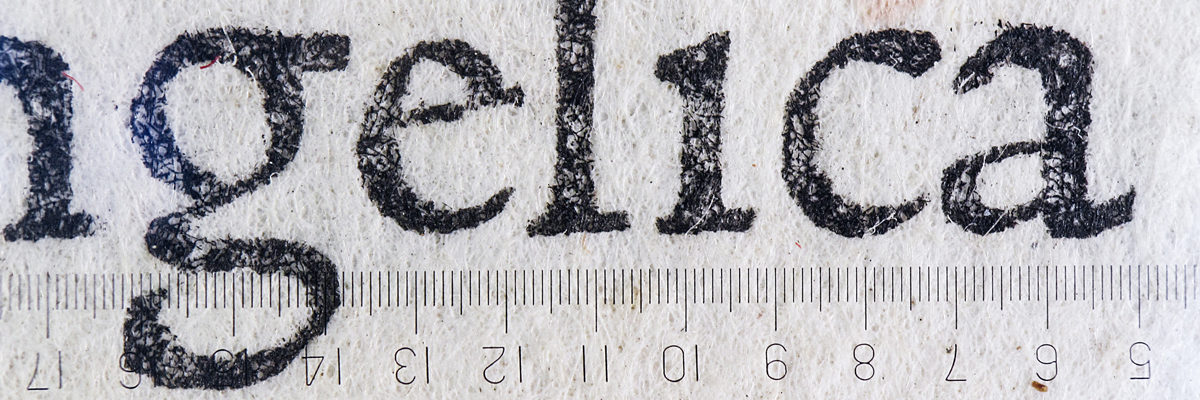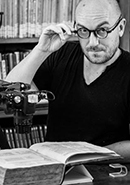
Nicolas Jenson and the establishment of roman type in 15th-century Venice
with
Riccardo Olocco
This lecture is about the origin of roman typefaces, the very beginning of the lowercase letterforms we are familiar with today. I will first introduce my research on 15th-century types, and the methods I have developed to achieve sharp images of the printed marks. Then I will overview the printing revolution that took place in Venice in the last quarter of the 15th century, and introduce the main character of this lecture, the French printer (and punchcutter) Nicolas Jenson. Jenson cut a roman type around 1470 that was so well assembled, so definitive in its forms, that it still represents a reference point for contemporary typeface design, as I will explain with the help of photographic enlargements of printed pages. I will discuss Jenson’s career along with the success of his rotunda types (the Italian style of blackletter), which he cut some years later and which gained even more success with contemporaries than his roman. I will then compare the Jenson roman with the types that were cut in the same early years (1470–1473) showing Jenson’s letterform innovations. Finally, I will follow the development of roman types and show how Jenson’s lowercase letters became the basis of all roman types to this day.
The Herb Lubalin Lectures are recorded and made available here and on Vimeo with the generous support of Hoefler&Co.
About Riccardo Olocco

